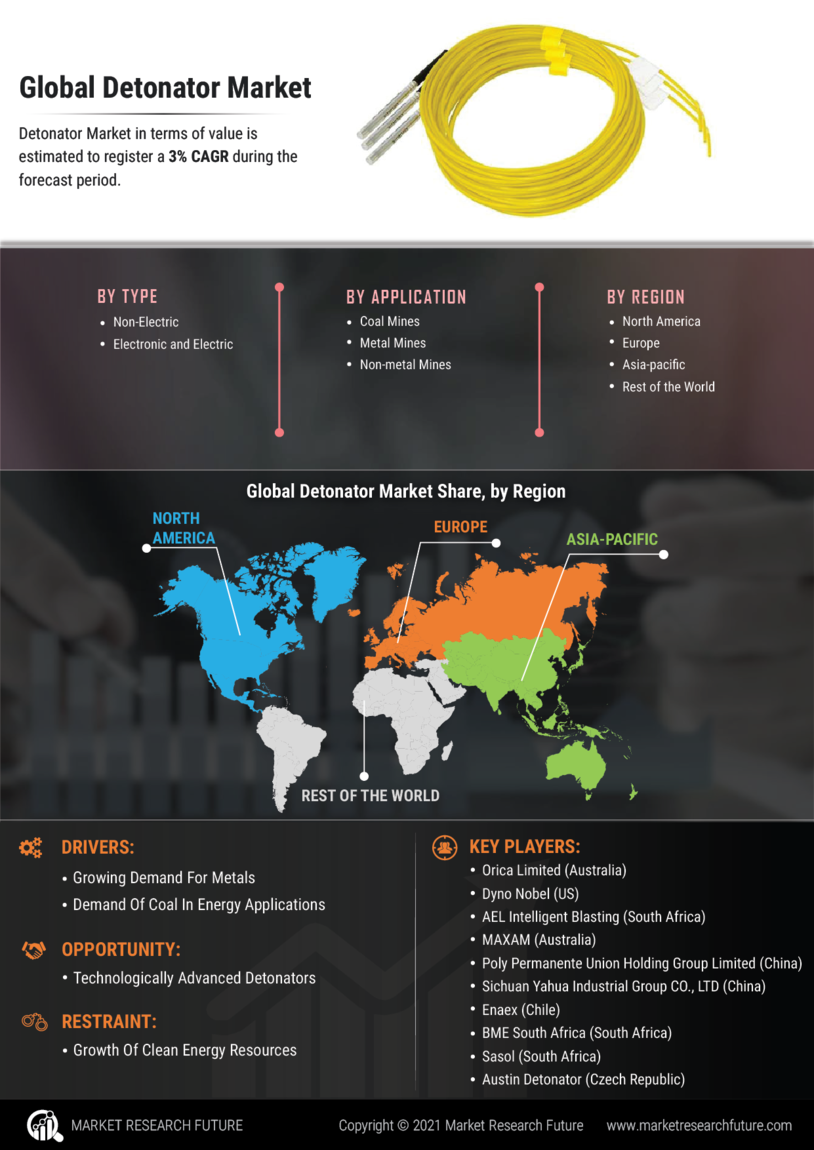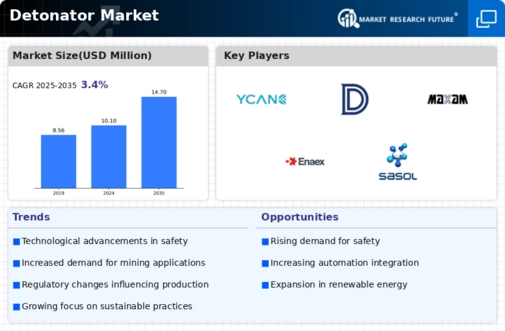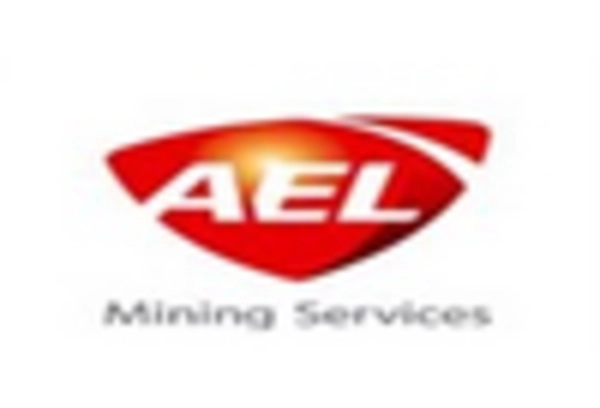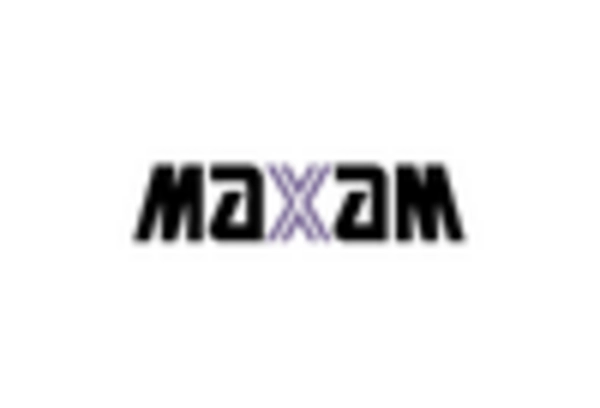In 2023, Orica’s next generation centralized blasting system ORBS™ has made a leap into the digital world. Customers in the underground mining segment can now experience the benefits of the ORBS™ blasting system. ORBS™ (Omni Remote Blasting System) is Orica’s latest generation centralized, electronic blasting system and is now available to i-kon™ and eDev™ customers. It is designed to provide operations with the ability to safely initiate multiple development headings and production blasts concurrently from a remote, central location.
In 2022, Dyno Nobel has introduced Ranger, DigiShot’s new electronic initiation system, that offers numerous benefits including greater safety and performance. It has been designed to reduce blasting delays and provide uniform rock fragmentation, and has twice the detonator capacity as its predecessor the DigitShot 300 at 600 dets (300 dets per channel at 40 meters).
September 2023: Exel™ Neo, the inaugural lead-free non-electric detonator range, was introduced to the market by Orica for commercial distribution. By eliminating lead, the organization has enhanced the safety and sustainability of its premium Exel product line without compromising the performance's consistency and dependability. Eco-friendly and sustainable initiation systems are now marketed under the brand Neo by Orica. Lead and lead compounds are not utilized in the production of the pyrotechnic delay compositions for the Neo line of Exel non-electric detonators, which is manufactured in Gyttorp, Sweden, using a lead-free formulation.
Founded on the non-primary explosives detonator (NPED) technology, which Orica has utilized successfully for the past three decades, the Exel non-electric blasting technology range embodies excellence, innovation, and safety in the industry. Exel Neo, like its predecessor Exel, is specifically engineered for application in surface and underground mining operations, in addition to civil infrastructure.
In October 2023: Eleven blasts in the quarrying industry of South Africa have been rendered effective since the introduction of the Viperdet MS series of detonators by mining explosives and blasting technology supplier BME. The series is an enhanced iteration of Omnia's nonelectric detonator product line, which provides "excellent" client feedback regarding its performance. It is manufactured for the mining division of the chemicals company Omnia. Incorporating premium raw materials into the design of the detonators, which are produced utilizing BME's most recent automation technology, has further enhanced their quality.
Surface mines, subterranean operations, and the quarrying market are catered to by the MS series, which is designed to complement the LP and SD series of underground dual-detonator products manufactured by BME.
Moreover, the company distinguishes itself substantially from its rivals through the utilization of manual production lines, as the MS series detonators are manufactured with an exceptionally advanced degree of automation. As a result, by implementing its production practices, BME was able to maintain a consistent level of detonator quality, increase production flexibility, decrease waste, and protect the environment.

















Leave a Comment